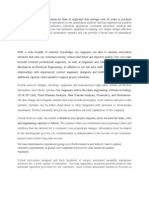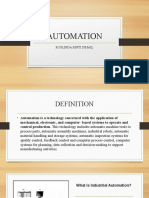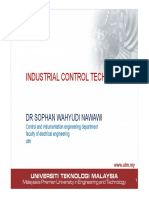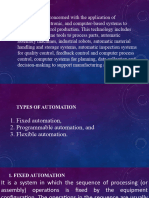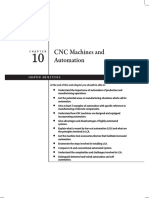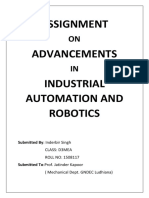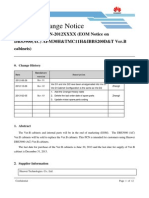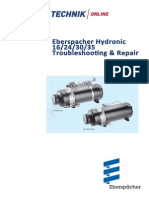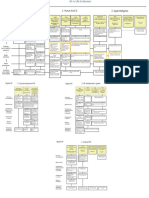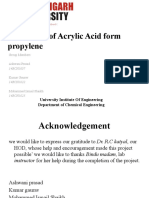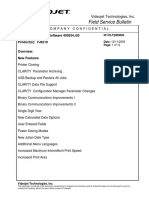0% found this document useful (0 votes)
115 views17 pagesAutomation in Automobile Industry: Presented by
This document discusses automation in the automobile industry. It begins with an introduction stating that the automotive industry has led innovations that other industries follow. It then describes three main types of automation: fixed automation which uses custom equipment for fixed sequences; programmable automation which can change operations through programming; and flexible automation which can produce various products with little changeover time. The document also discusses KUKA automation technology and provides a case study on Volkswagen automation levels. It outlines advantages like increased production and accuracy, and disadvantages such as initial costs and unemployment. It concludes that automation saves costs and time while increasing product value and competitiveness.
Uploaded by
Snehal PawarCopyright
© © All Rights Reserved
We take content rights seriously. If you suspect this is your content, claim it here.
Available Formats
Download as PPTX, PDF, TXT or read online on Scribd
0% found this document useful (0 votes)
115 views17 pagesAutomation in Automobile Industry: Presented by
This document discusses automation in the automobile industry. It begins with an introduction stating that the automotive industry has led innovations that other industries follow. It then describes three main types of automation: fixed automation which uses custom equipment for fixed sequences; programmable automation which can change operations through programming; and flexible automation which can produce various products with little changeover time. The document also discusses KUKA automation technology and provides a case study on Volkswagen automation levels. It outlines advantages like increased production and accuracy, and disadvantages such as initial costs and unemployment. It concludes that automation saves costs and time while increasing product value and competitiveness.
Uploaded by
Snehal PawarCopyright
© © All Rights Reserved
We take content rights seriously. If you suspect this is your content, claim it here.
Available Formats
Download as PPTX, PDF, TXT or read online on Scribd
/ 17













